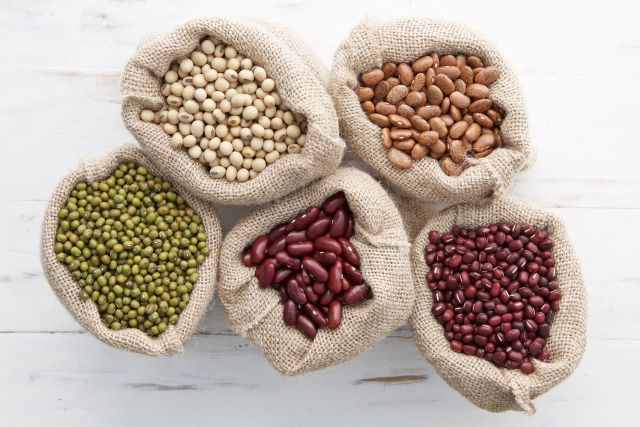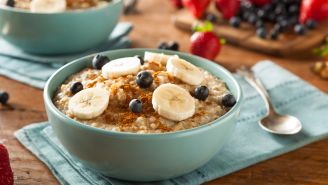Updated on March 26, 2024.
You may know that eating foods rich in fiber has loads of health benefits. It aids in digestion, lowers cholesterol levels, and helps you maintain a healthy weight. It's also great for balancing blood sugar levels.
There are a range of foods that deliver healthy amounts of fiber, including fruits, vegetables, and whole grains. Legumes—a food category that includes beans, peas, and lentils—are also a great source of fiber, and they may offer particular benefit for blood sugar.
Some research has shown that a diet high in lentils, nuts, peas, and other legumes seems to be even more helpful than a diet high in wheat fiber when it comes to lowering high blood sugar levels.
Blood-sugar benefits of beans
If you have diabetes or prediabetes (when blood sugar levels are high but not high enough to be diagnosed with diabetes), you may have been advised to eat foods with a low glycemic index. That means these foods are digested slowly by the body and have a stabilizing effect on blood sugar.
Beans count as low-glycemic index foods. Results from one study suggest that a low-glycemic-index diet may help control high blood sugar levels. Results showed that people with type 2 diabetes who ate more legumes had lower average blood sugar levels over time compared to those who ate more whole grains. The difference was modest for the two study groups but was still significant enough to translate into better protection from heart disease. Researchers suspect that the difference was because legumes have a lower glycemic index—and slightly more fiber—than whole grains. People who ate legumes were also encouraged to eat high-fiber foods like fruits and vegetables.
Making room in your diet for beans can be part of a varied diet filled with foods that may help manage blood sugar levels, such as whole fruits, grains and vegetables, lean protein like chicken and fish, healthy fats like canola and olive oil, and low-fat dairy.





